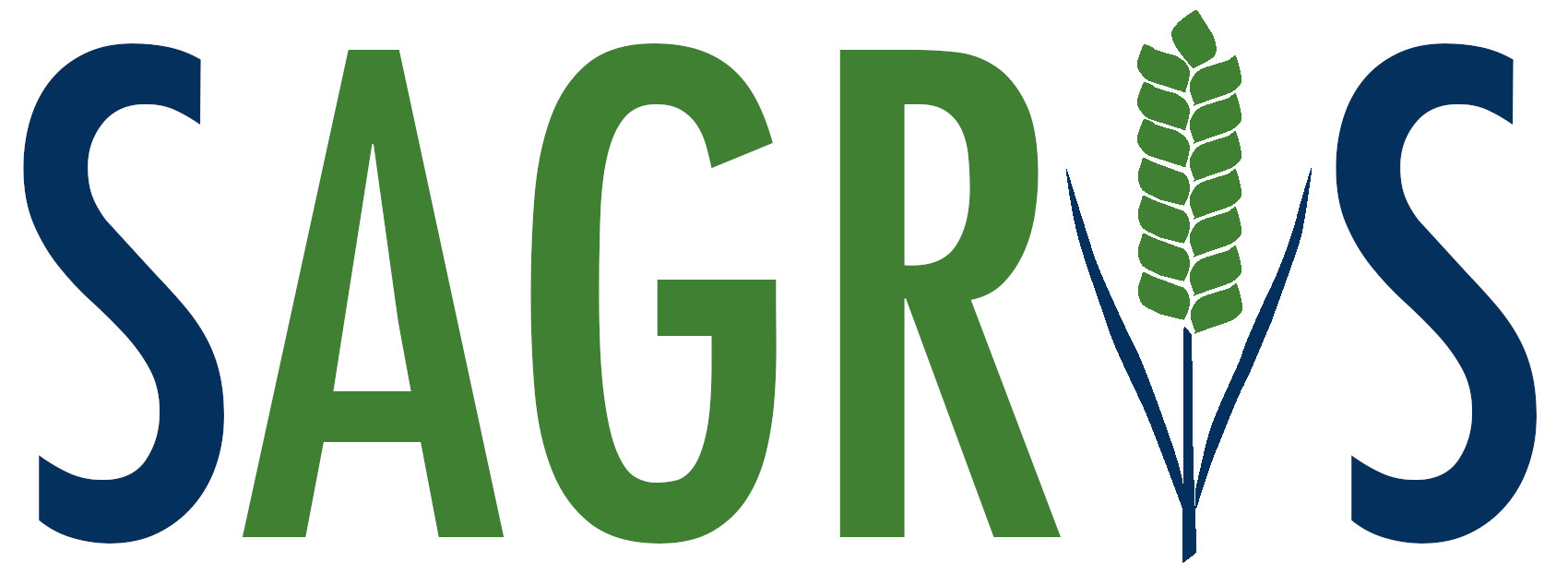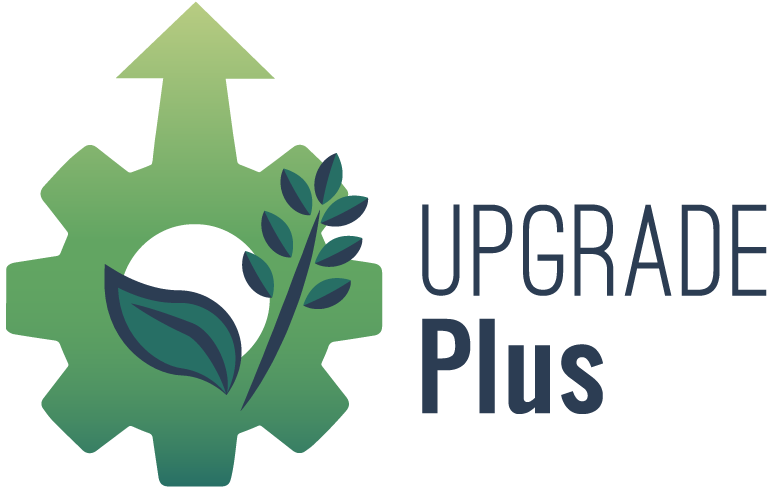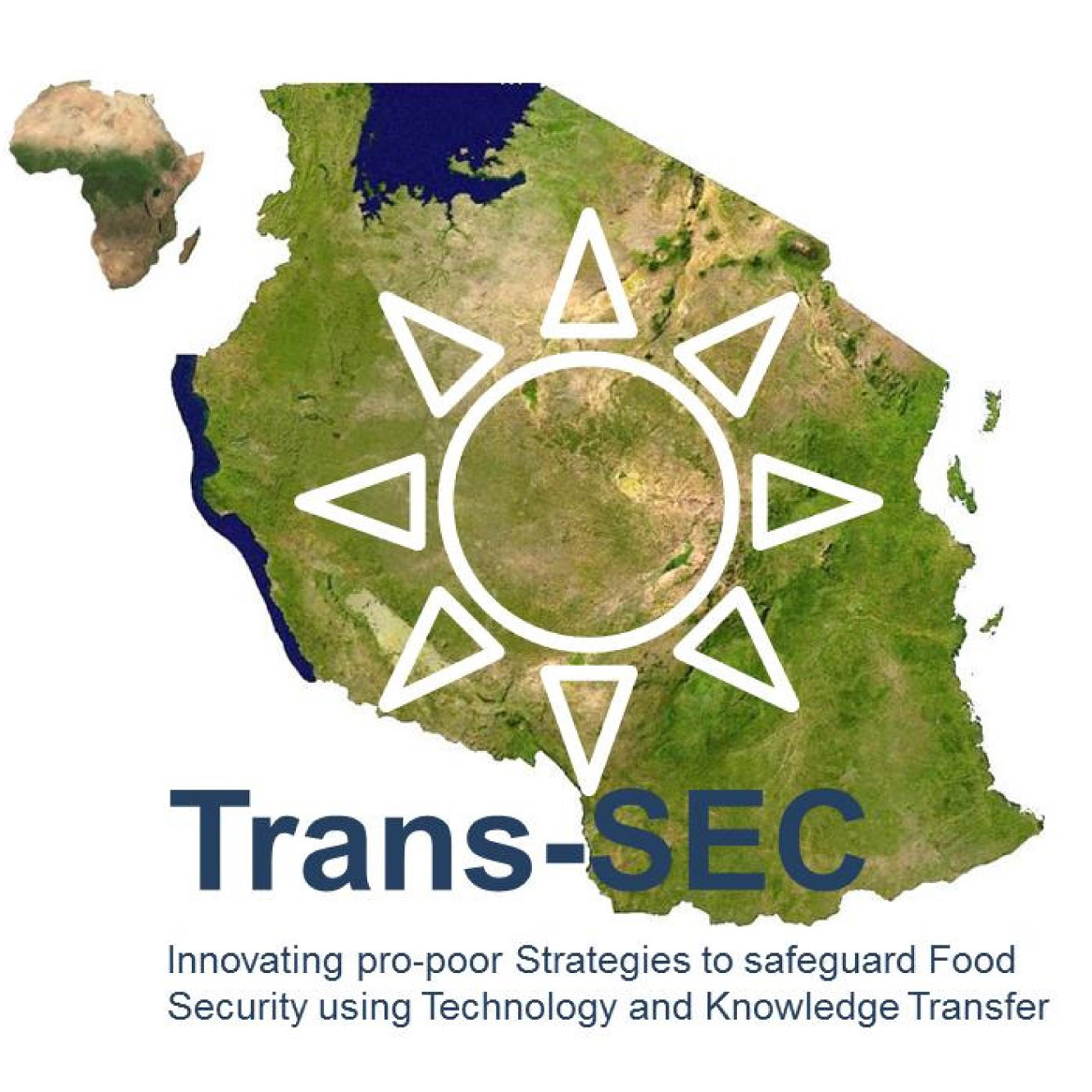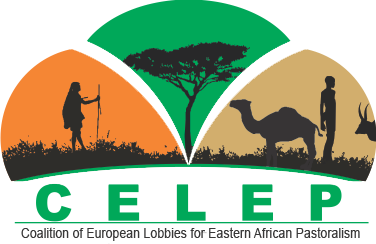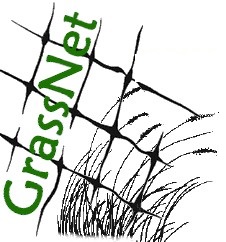Potential of pastoralist groups to manage small-stock marketing projects: A case study of groups in Farakoren and Malabot, Marsabit County, Kenya
Livestock Research for Rural Development, 23(1), 17, http://www.lrrd.org/lrrd23/1/ngut23017.htmThe main economic activity undertaken in the Kenyan arid and semi-arid lands (ASALs) is pastoralism supported by local livestock breeds. Marsabit County is predominantly ASAL and the area’s communities have, over the years, bred livestock suited to these very harsh environments. Without these animals, the very survival of the communities would be highly threatened. However, many development agencies working in northern Kenya have had projects that sought to increase livestock productivity by the introduction of “superior” breeds, unaware that it is a first step to genetic dilution of indigenous breeds. Many experts in livestock conservation argue that the most sustainable way to conserve animal genetic resources (AnGRs) is through community-based management (CBM) that would ensure that indigenous breeds remained functional parts of the production systems. This study sought to establish if community based organizations (CBOs) were capable of managing indigenous livestock marketing interventions to generate benefits to the CBO and individual members. A sociological sample survey design was used where both structured and semi-structured questionnaires were employed as the primary data collection instruments. The collected data was analyzed using chi-square (c2) and correlation analysis. The study was conducted in Malabot and Farakoren, both in Marsabit County. Pastoralists CBOs were found capable of managing indigenous livestock marketing interventions in such a manner as to generate income for the CBO, earn individual members benefits and increase local off-take of local breeds.

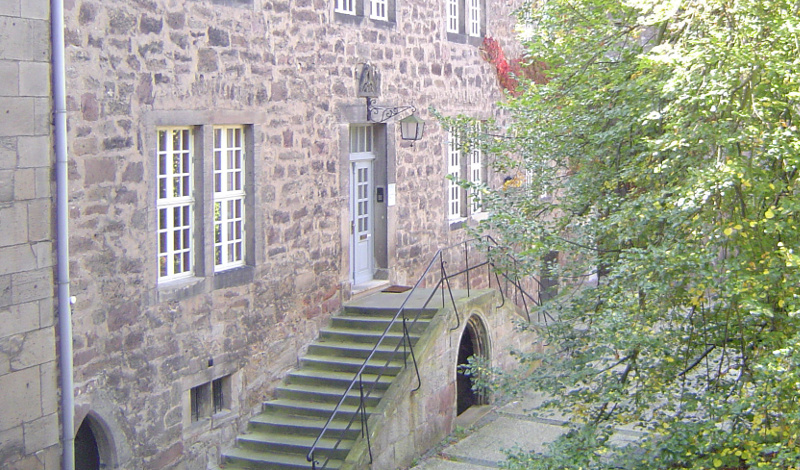




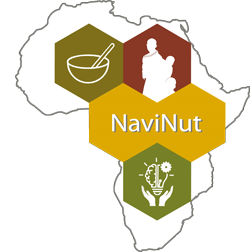 NaviNut
NaviNut